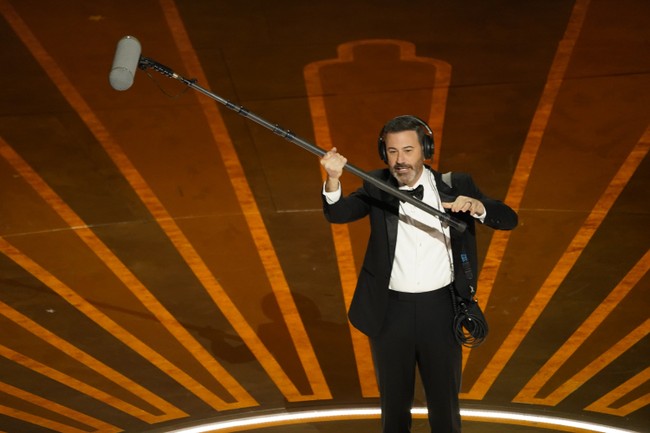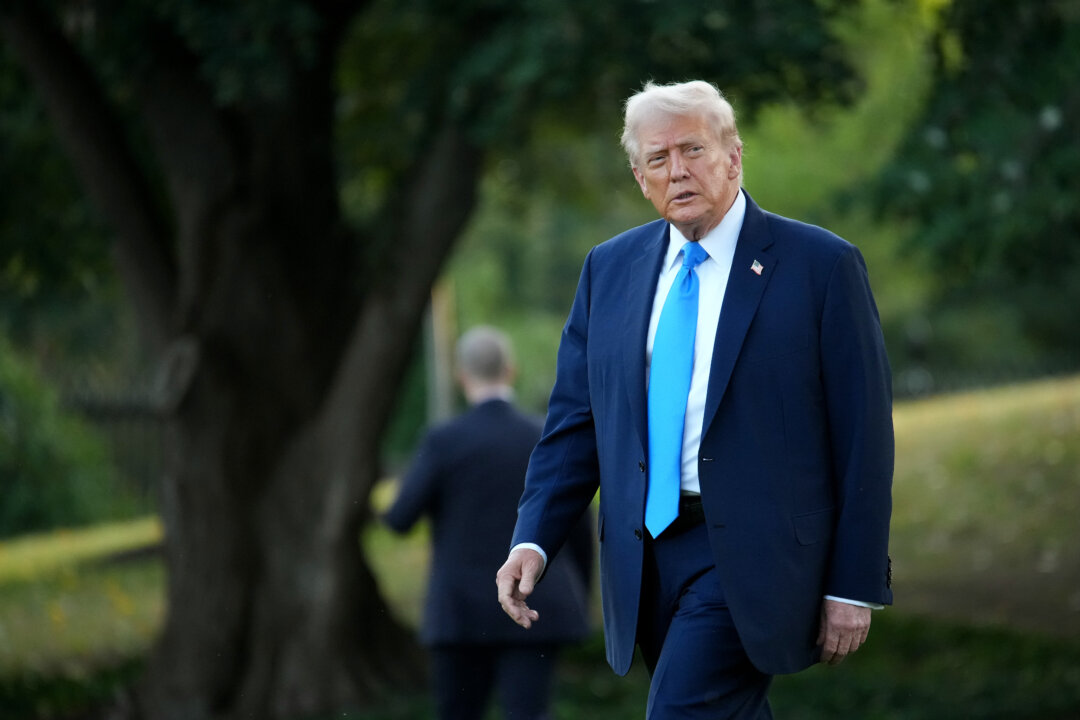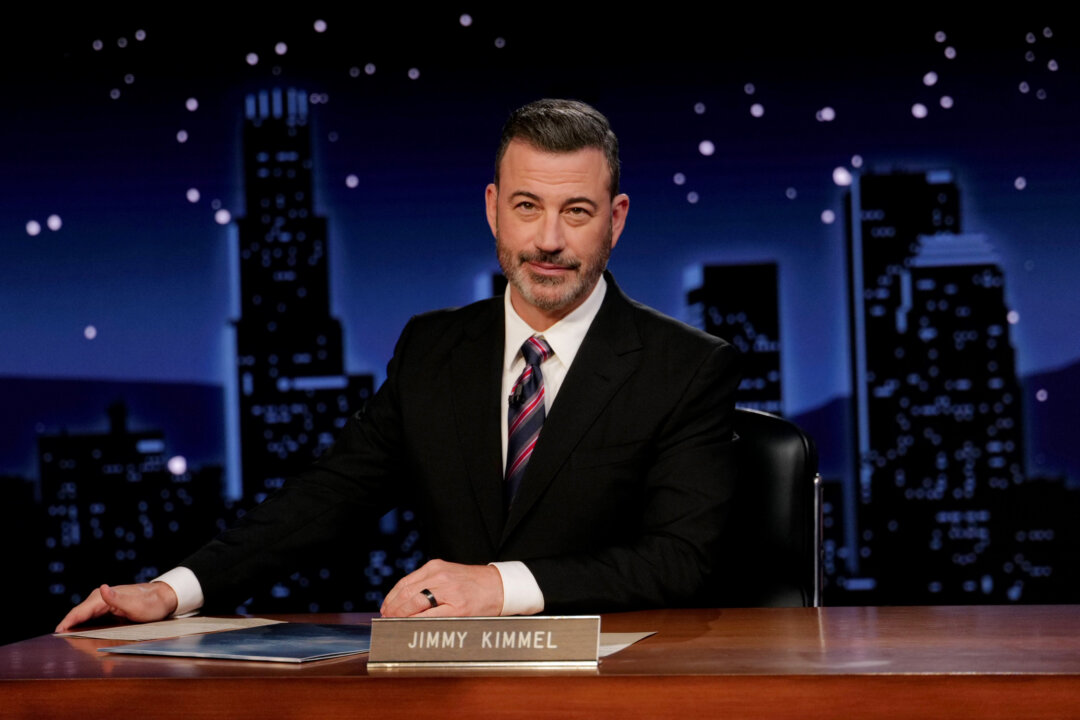EXCLUSIVE: Recent Russian incursions into NATO airspace have sharpened divisions inside the alliance over how to respond, exposing both the strength and the limits of collective defense.
Secretary General Mark Rutte clashed with Estonian Prime Minister Kristen Michal last week after Estonia invoked NATO’s Article 4 clause, which triggers consultations when a member feels its security is threatened.
According to three European officials granted anonymity to speak freely, Rutte argued that repeated invocations risked diluting the treaty’s force. One source said he even raised his voice at Michal, warning that NATO must be cautious about how often it signals alarm.
Rutte argued that if Article 4 were invoked every time Russia violated sovereignty — through drone incursions, fighter jets, cyberattacks and more — it would quickly lose impact, according to the officials.
DENMARK CONSIDERS TRIGGERING NATO ARTICLE 4 AFTER DRONES FLY OVER AIRPORTS
A NATO spokesperson confirmed Rutte and Michal spoke Friday and said the secretary general "has supported Estonia throughout the process."
Rasmus Ruuda, director of the Government Communication Office of Estonia, told Fox News Digital Rutte "expressed support for Estonia and the Prime Minister thanked NATO for its actions."
"Article 4 is just a signal that we’re taking note of what happened," said Giedrimas Jeglinskas, a Lithuanian member of parliament and former NATO assistant secretary general. "We can be invoking Article 4 every week, and I think that only weakens us, because we're unable to truly respond to that aggression that Russia is sort of throwing at us."
The tension comes after a series of provocative moves by Moscow. Last month, missile-carrying Russian MiG-29s flew into Estonian territory, following an earlier breach of Polish airspace by 19 drones and repeated incursions over Romania. In Poland, jets scrambled to intercept the drones, shooting some of them down. It marked the first time since World War II that Polish armed forces mobilized to engage an airborne threat over their homeland.
The Russian jets in Estonia were eventually escorted out of its territory by Italian F-35s. Estonia’s Article 4 request followed Poland’s own invocation days earlier, prompting another round of consultations in Brussels.
Since its creation in 1949, Article 4 has been triggered only nine times. NATO’s warning to Russia after the Estonian request was blunt: any further breaches would be met with "all means" of defense. Estonia's defense minister said his nation was prepared to shoot down Russian planes violating airspace "if there is a need."
But Jeglinskas said signaling without consequence risks leaving the alliance trapped.
"We’re happy to do Article 4 every other day, but so what? What’s next?" he said. "The real question is what happens when the jets actually enter our airspace."
The debate cuts to a deeper question: what constitutes a "need" to shoot down Russian jets? How can Russia be deterred without stumbling into direct war?
"The last thing we want is to have NATO get drawn into a war with Russia," a senior State Department official told Fox News Digital. "God knows how that ends."
"Almost all wars … they don't necessarily start with a big bang," the official went on. "They start with an escalation, and then somebody feels they need to respond to this, and then you just get in a toxic spiral."
'PUTIN IS PUSHING THE LIMITS’: EASTERN ALLIES WARN TRUMP NOT TO PULL US TROOPS
The United States has promised to defend "every inch" of NATO while pressing Europe to bear more of its own defense burden. Washington’s mixed signals have only complicated matters.
Trump administration officials long favored reducing the U.S. troop presence in Europe. But President Donald Trump recently delivered one of the starkest warnings to Moscow, declaring that NATO states should shoot Russian aircraft down if they incur on their territory.
Jeglinskas said the statement resonated across the Baltic States. "What was really helpful was that President Trump was very clear," he said. "That gives us confidence we’re on the right track, and we really appreciate the support."
Still, allies remain divided on whether to escalate. Some warn that Eastern Europe cannot credibly threaten retaliation without an American security guarantee. Others argue that deterrence depends on showing Russia its incursions carry a cost.
"If we really want to send a proper message of deterrence to Russia, we need to be prepared to use kinetic force," Jeglinskas said. "That means neutralizing those jets — shooting them down or finding other ways to impose consequences — so Russia actually feels the cost of its incursions. That hasn’t happened yet, and it leaves us vulnerable."
The airspace disputes now extend beyond fighter jets. European Union members are meeting in Copenhagen this week to discuss shoring up air defenses after a wave of drone sightings. Denmark briefly shut down its airspace following mysterious drone activity, while Lithuania’s Vilnius airport and Norway’s Oslo airport also reported disruptions. Drones have even been spotted over Germany’s northern state of Schleswig-Holstein.
"We are not at war, but we are no longer at peace either. We must do much more for our own security," German Chancellor Friedrich Merz said in Düsseldorf.
NATO jets scrambled to intercept drones over Poland, but the response underscored a growing mismatch: deploying multi-million dollar fighters to counter small, unmanned aircraft is neither efficient nor sustainable.
RUSSIA SHIFTS FROM TALK TO ACTION, TARGETING NATO HOMELAND AMID FEARS OF GLOBAL WAR
"NATO remains the most crucial element of our security equation," Jeglinskas said. "It’s the backbone through which our security is viewed. There’s really no doubt about NATO’s political will and its capability to defend its territory, but warfare is changing — and the question now is, has NATO adapted to the new way of war that is seeping through the borders of Ukraine?"
Jeglinskas warned that neither NATO nor the Baltic States have done enough. "The Polish incursion signified that NATO is not fully ready to counter these threats," he said. "Scrambling jets is a tremendous economic mismatch. If these kinds of attacks become swarms, it’s not sustainable."
To address mounting threats, NATO last month launched Operation Eastern Sentry, reinforcing its presence on Europe’s eastern flank. Jeglinskas welcomed the move but said gaps remain.
"Jets are very important, but more jets don’t mean we’re more secure from low-altitude drones," he said. "The question is: do we have sensors that can detect what’s happening from the ground up to a kilometer into our airspace? We don’t see that. It’s like a dead space."
Jeglinskas called for stronger short- and medium-range radar, as well as layered defenses akin to Israel’s Iron Dome, capable of intercepting drones with both kinetic and electronic means.
"NATO’s response is commendable," he said, "but it’s not enough. You need technical know-how, the right capabilities, and systems that are truly integrated if you want to make this work."
For now, NATO remains caught between signaling resolve and acting on it. As Russia continues to test the alliance’s borders, Jeglinskas and other Eastern European officials warn that credibility is at stake. The next incursion, they argue, may demand more than words.
.png)
 2 hours ago
1
2 hours ago
1















 English (US)
English (US)